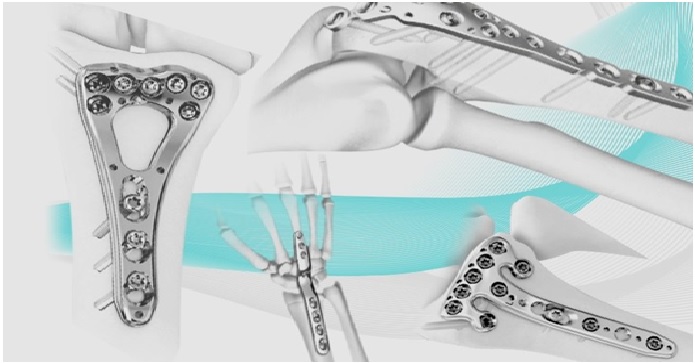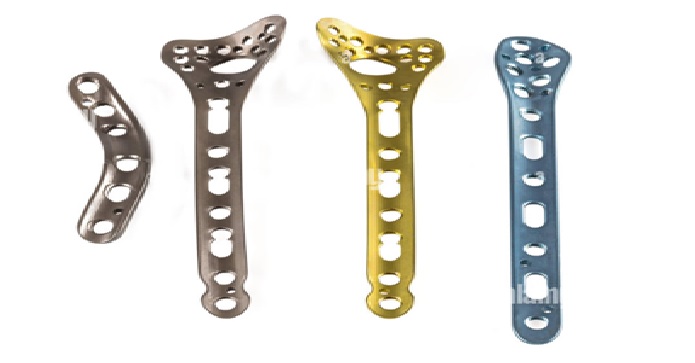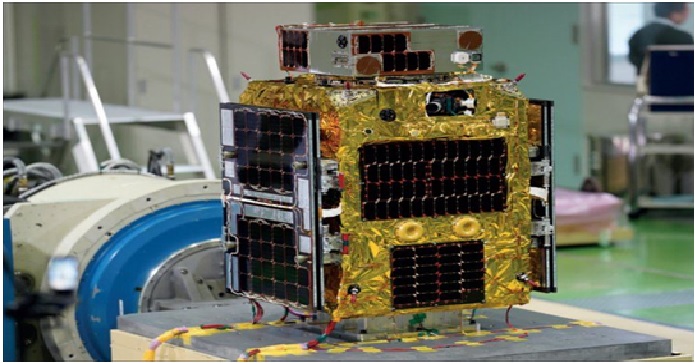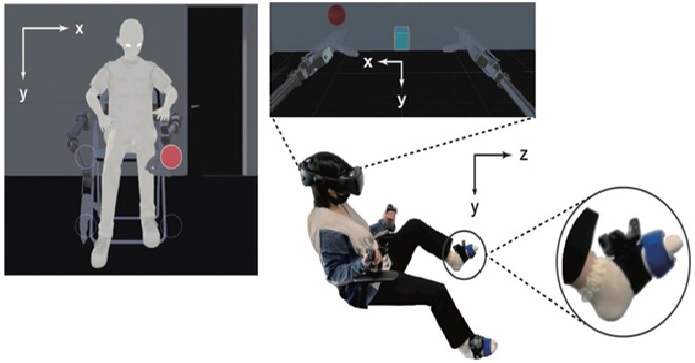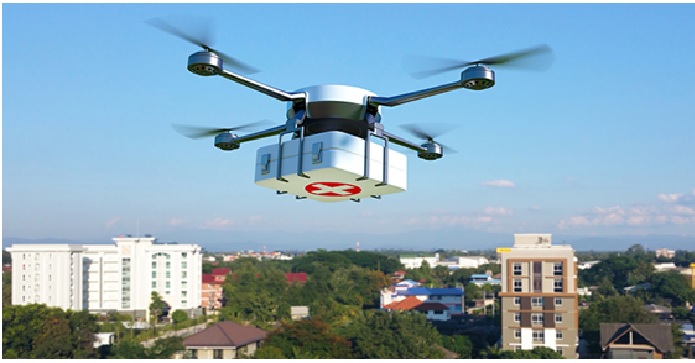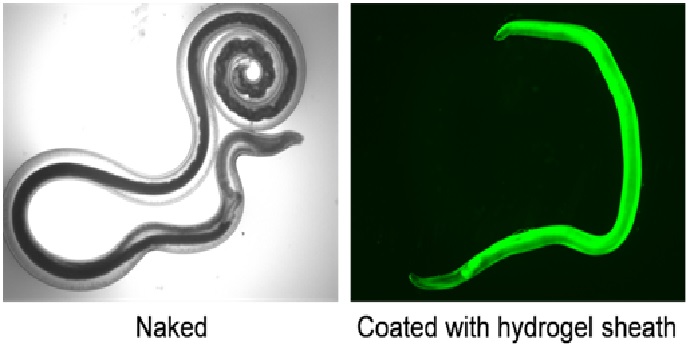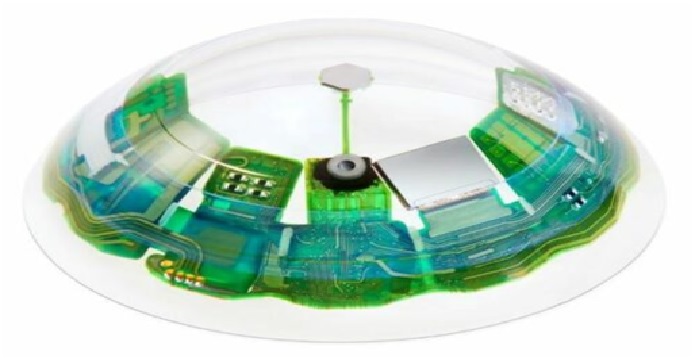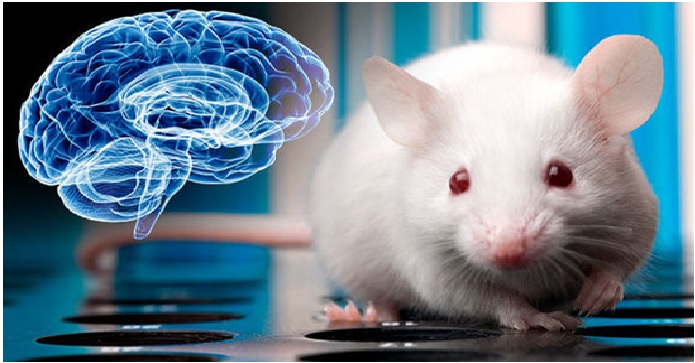The Technology Method of Regenerative Medicine
An orthopaedic implant is a device surgically placed into the body designed to restore function by replacing or reinforcing a damaged structure as shown in figure 1. [1] For the treatment of back pain, orthopaedic implants such as bone plates and bone screws are used in spinal fusion surgery and fixation of fractured bone segments, as well as implant components used for hip and joint replacement.

Figure 1: The regenerative medicine [2]
Regenerative medicine opens up a vast scope of development in the status of Medical Sciences mainly because it deals with a plethora of research topics ranging from Bone and Blood regeneration to vascular tissue engineering. Students looking forward to pursuing a study in this course secure themselves a great opportunity of dwelling deeper and bringing about a positive contribution to the dimensions of Medical Sciences.
Researchers grow stem cells in a lab. [3] These stem cells are manipulated to specialize into specific types of cells, such as heart muscle cells, blood cells or nerve cells.
The specialized cells can then be implanted into a person. For example, if the person has heart disease, the cells could be injected into the heart muscle. The healthy transplanted heart muscle cells could then contribute to repairing the injured heart muscle.
Researchers have already shown that adult bone marrow cells guided to become heart-like cells can repair heart tissue in people, and more research is ongoing.
While many forms of regenerative medicine research are still underway, some have already been put to use. One of them is stem cell therapy. [4] This is when scientists grow specialized stem cells in a lab. Depending on the need, they can be instructed to behave like certain types of cells, such as those in your heart, blood, or nerves.
For example, if you have heart disease, these lab-made heart muscle cells may be used as transplanted tissue to help repair or replace damaged heart cells.
Regenerative Medicine refers to a group of biomedical approaches to clinical therapies that may involve the use of stem cells. Examples include cell therapies (the injection of stem cells or progenitor cells); immunomodulation therapy (regeneration by biologically active molecules administered alone or as secretions by infused cells); and tissue engineering (transplantation of laboratory grown organs and tissues). [5] While covering a broad range of applications, in practice the latter term is closely associated with applications that repair or replace portions of or whole tissues (i.e., bone, cartilage, blood vessels, bladder, skin). Often, the tissues involved require certain mechanical and structural properties for proper functioning. The term has also been applied to efforts to perform specific biochemical functions using cells within an artificially-created support system (e.g., artificial pancreas or liver).
References:
- https://mirm-pitt.net/about-us/what-is-regenerative-medicine/
- https://sdomg.com/how-regenerative-medicine-is-changing-in-2020/
- https://www.mayoclinic.org/tests-procedures/bone-marrow-transplant/in-depth/stem-cells/art-20048117
- https://www.webmd.com/a-to-z-guides/what-is-regenerative-medicine
- https://www.aabb.org/news-resources/resources/cellular-therapies/facts-about-cellular-therapies/regenerative-medicine
Cite this article:
Vinotha D (2022), The Technology Method of Regenerative Medicine, AnaTechMaz, pp.212



